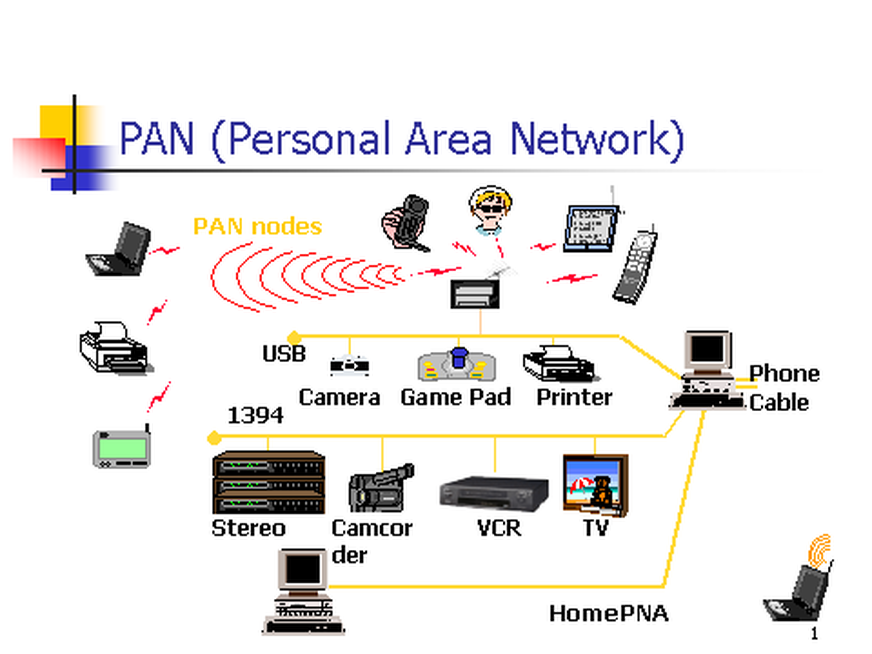NETWORK BASIC | NETWORK ARCHITECTURE | CLASSIFICATION OF NETWORK | WEB PAGE NAVIGATION | INTERNET SERVICE
3.1
Network Basics
3.1.4 Classification of Network
§Networks
usually are classified as a:
§Local
Area Network (LAN).
§Metropolitan
Area Network (MAN).
§Wide
Area Network (WAN).
§
The
main differentiation among these classifications is their area of coverage (distinguish by the geographical area each network serves
§A local area network (LAN) is a network that connects
computers and devices in
a limited geographical area.
Main characteristics of LAN:
§Areas
of coverage: LANs located within the same building
(closely positioned group of buildings) such as a home, school computer
laboratory, office building.
§Distance:
LANs span (cover) distance less
than a mile.
§Ownership:
LANs are owned and operated by individual
organizations.
Types of LAN:
Personal Area Network (PAN)
§Personal
Area Network (PAN) is a type of wireless network that
works within a very small area—your immediate surroundings.

§Home
Area Network (HAN) is a type of network for homes
allowing different computers to share resources, including a common Internet
connection.
§Advantages:
§Hardware and software can be shared.
§All the users work can be stored in a central place.
§Data can be shared because database files stored in the server are
available to users around the network.
§Disadvantages:
§Printing can be slow, long print queues may develop.
§A virus can spread more easily.
§As data is shared there is a greater need for security.
Metropolitan Area Network (MAN)
§A metropolitan area network (MAN) is a high-speed network that connects local area networks
(LANs) in a metropolitan area.
Main characteristics of MAN:
§Areas
of coverage: MANs connect various locations such as
campuses, offices, and government, that are frequently used as links between
buildings.
§Distance:
MANs span (cover) distance up
to 100 miles (161 km).
§Ownership:
MANs are owned by a group of users who
jointly own and operate the network.
Wide Area Network (WAN)
§A wide area network (WAN) is a network that covers a large geographical area.

Types of WAN:
Virtual Private Network (VPN)
§Virtual
Private Network (VPN) is a type of private network built
over public infrastructure. By using a number of security mechanisms, including
encryption, a VPN allows users to securely access a network from different
locations using a public telecommunications network, most frequently the
Internet.
§Advantages:
§These are similar to those of LAN's except the scale of sharing etc.
becomes far greater and can be world-wide.
§Disadvantages:
§Again these are similar to those of LAN's except that issues such as
security become even more important as potential hackers could break into a
computer system from anywhere in the world rather than having to physically be
in a building.
Encryption of secure data such as financial transactions is necessary
because it is even easier to capture data.






